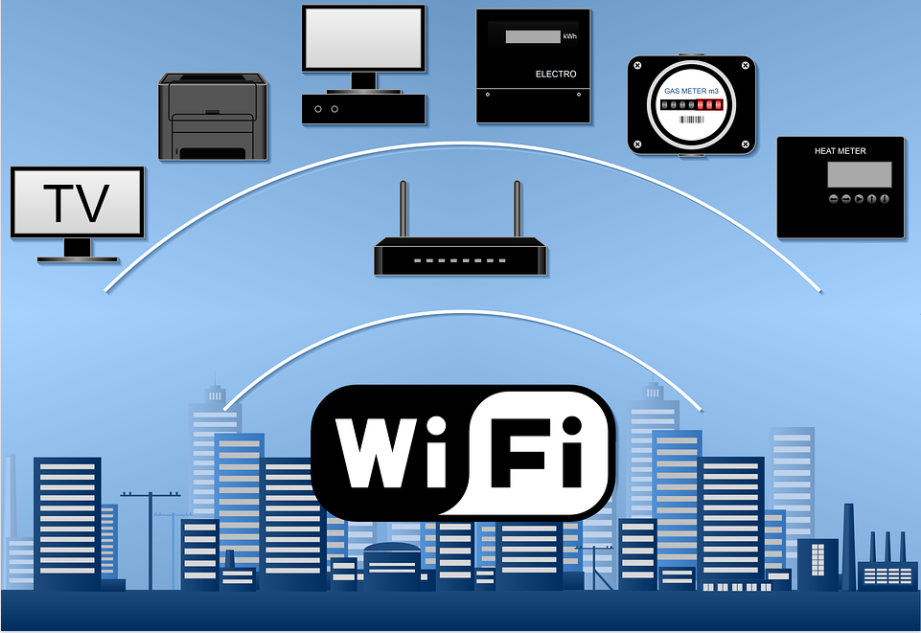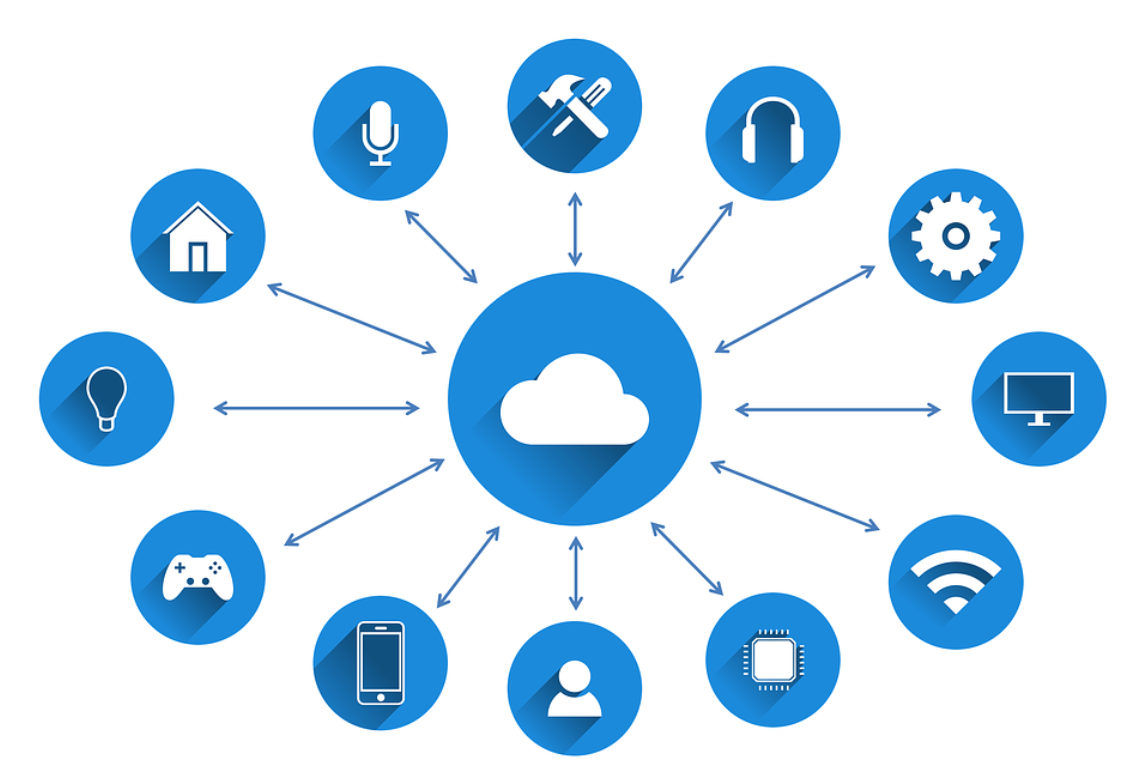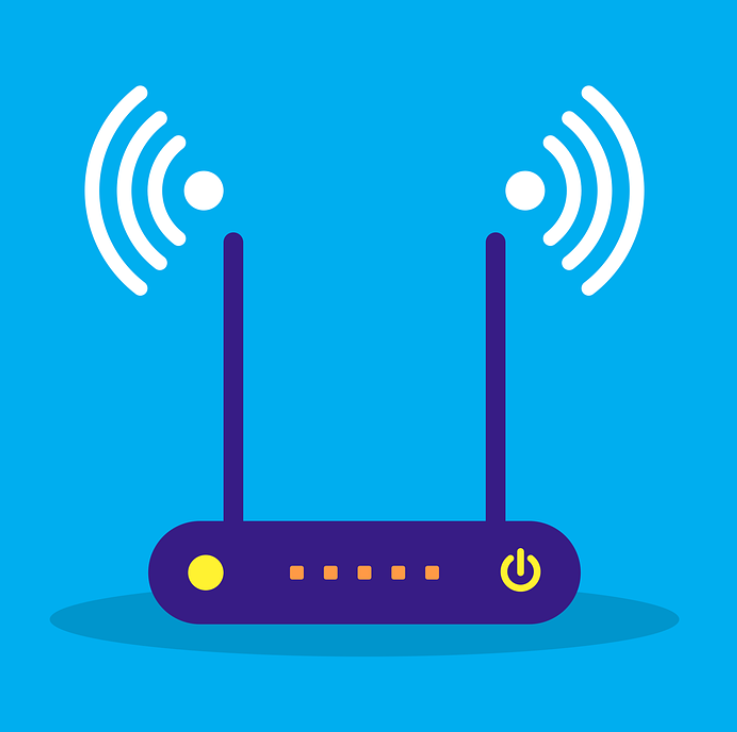Introduction-
In this day and age, having WiFi at home is a necessity. Not only does it provide you with connectivity to the internet, but it also allows you to easily keep in touch with family and friends. If you’re like most people, however, you probably don’t want to spend a lot of money on WiFi. Thankfully, there are a few ways to get free or cheap WiFi without breaking the bank. In this blog post, we’ll explore some of those options so that you can stay connected without spending too much money.
Setting up a wireless network at home can be daunting, especially if you’re not familiar with the technology.Not only is setting up a wireless network at home a hassle, but it can also be expensive if you have to call in a professional. Our easy-to-follow guide will take you through the entire process of setting up your own wireless network, from choosing the right equipment to securing your connection. Plus, we’ll show you how to get the most out of your WiFi signal and how to if troubleshoot any problems that may arise.
What is WiFi technology?
Wireless Fidelity, or WiFi, is a type of wireless technology that allows devices to connect to the Internet or other network without the need for cables.
WiFi uses radio waves to send data between devices, and it can be used for both local area networks (LANs) and wide area networks (WANs).
WiFi is a popular technology that is used in many homes and businesses around the world. It is often used in place of wired Ethernet connections, as it can provide similar speeds and coverage.

In addition, WiFi is often seen as more convenient than wired connections, as it does not require the installation of cables.
One of the main advantages of WiFi is that it can be used to connect multiple devices to the Internet at the same time. This can be particularly useful in homes where there are multiple computers or mobile devices that need to be connected.
In addition, WiFi can be used to connect to public hotspots, which can provide access to the Internet for those who do not have a home broadband connection.
WiFi has a number of different applications, and it is continually evolving.
It is now possible to use WiFi to stream video and audio content, as well as to make VoIP calls. In the future, it is likely that WiFi will be used even more extensively, as more devices are designed to connect wirelessly.
What is Wireless Networking?
Wireless networking is a type of computer networking that uses wireless data connections between devices. Devices that are connected to a wireless network can communicate with each other without the need for physical cables.
Wireless networking can be used for a variety of purposes, including file sharing, internet access, and connecting to a printer or other peripheral device.
Wireless networks can be either ad-hoc, meaning that they consist of a group of devices that are connected to each other without the use of a central access point, or Infrastructure, which means that the devices are connected to a central access point.
Wireless networking is becoming increasingly popular as it offers a number of advantages over traditional wired networks. Wireless networks are much easier to set up and maintain, and they are also more flexible in terms of where they can be used.
In addition, wireless networks offer greater mobility, as devices can be taken with you wherever you go.
There are a few things to keep in mind when setting up a wireless network. First, it is important to choose the right type of wireless equipment.
There are a number of different types of wireless routers and other devices on the market, so it is important to do some research to find the one that best suits your needs. In addition, you will need to choose a wireless channel that is not being used by any other nearby networks.
Data Transfer Frequency of wireless home network
Wireless home network data transfer frequency has come a long way in recent years. The technology is now able to offer much higher speeds than it did in the past, making it possible to do things like stream HD video and gaming with little to no lag.
However, there are still some things to keep in mind when it comes to wireless home network data transfer frequency.
One of the most important things to keep in mind is that not all wireless home networks are created equal. There are a variety of different standards out there, and each one offers different speeds.

For example, the 802.11ac standard is currently the fastest on the market, offering speeds of up to 1.3Gbps. However, not all routers support this standard, so you’ll need to check before you buy.
Another thing to keep in mind is that the speed of your home network will also be affected by the number of devices that are connect to it. The more devices that are connected and using the network, the slower it will be for everyone.
So, if you’re planning on doing things like streaming HD video or gaming, it’s best to have a network that is dedicated just for those activities.
Finally, keep in mind that the speed of your internet connection will also affect the speed of your home network. If you have a slow internet connection, then your home network will also be slow.
So, if you’re looking to get the most out of your home network, it’s important to have a fast internet connection as well.
Quick Links
- Best Wireless Hard Drives for Home & Office
- Best Outdoor Antennas for Modern Homes- Best-Selling
- How To Create Wifi Hotspot For Windows 7/8/10 Using CMD
Conclusion- How To Get WiFi At Home 2024
WiFi is a necessary amenity for most households and businesses. The good news is that setting up a home wireless network is not as daunting as it may seem.
This guide provides an overview of the process, from selecting the right equipment to securing your network. With a little preparation and some basic knowledge, you can be online in no time.



